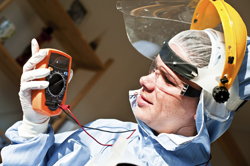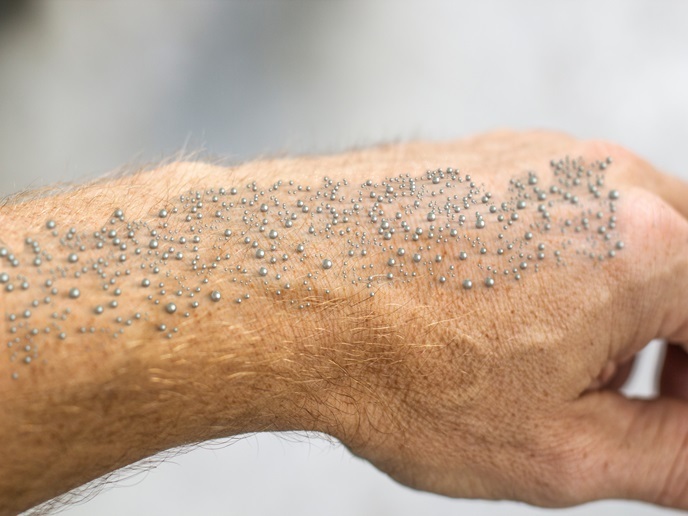Workplace exposure to nanoparticles
ENPs have unique electromagnetic and other properties in comparison to bulk quantities of the same compounds, with functionalities not previously possible. These miniature materials with at least one dimension on the scale of 100 nanometres or less have very high surface areas compared to their volumes. The resulting high surface reactivity leads to interesting interactions. This particular property also raises safety concerns about workplace exposure to ENPs as reactivity with biological tissue could be problematic. The EU-funded project NANODEVICE(opens in new window) developed 17 easy-to-use, portable pre-prototype devices and measuring instruments to characterise and assess the levels of ENPs in the workplace, both online and off-line. At the time of project initiation, no similar devices were in existence. The few in existence measured only size distribution, number concentrations or effective surface area. However, most did not allow online measurements, were expensive and difficult to use with limited sensitivity. Scientists produced a nano metal oxide reactor and ENP aerosol synthesis reactors. These were used to manufacture and characterise the physicochemical properties and metrics of 23 reference airborne ENPs. Importantly, researchers identified the relationship between certain physicochemical properties and toxicity, providing increased understanding of ENP behaviour in organisms and corresponding biological responses. Such knowledge is fundamental in determining safe occupational exposure limits (OELs). NANODEVICE also worked toward standardisation of ENP safety protocols and regulations. However, this broad-sweeping area will require major support from governments, industries and research centres at national, regional and international levels. The team put together a report summarising standardisation needs and outlining an implementation strategy. Small and medium-sized enterprises (SMEs) often dominate ENP research but budgetary constraints mandate the use of only cost-effective solutions. The numerous prototype devices produced by NANODEVICE promise to significantly enhance workplace safety and increase competitiveness of participating SMEs. Moreover, these devices will provide the foundations for evidence-based decision-making for policymakers and lead to effective setting of OELs. Safe production of ENPs and enhanced public support will have important benefits for EU competitiveness as well as public health.







